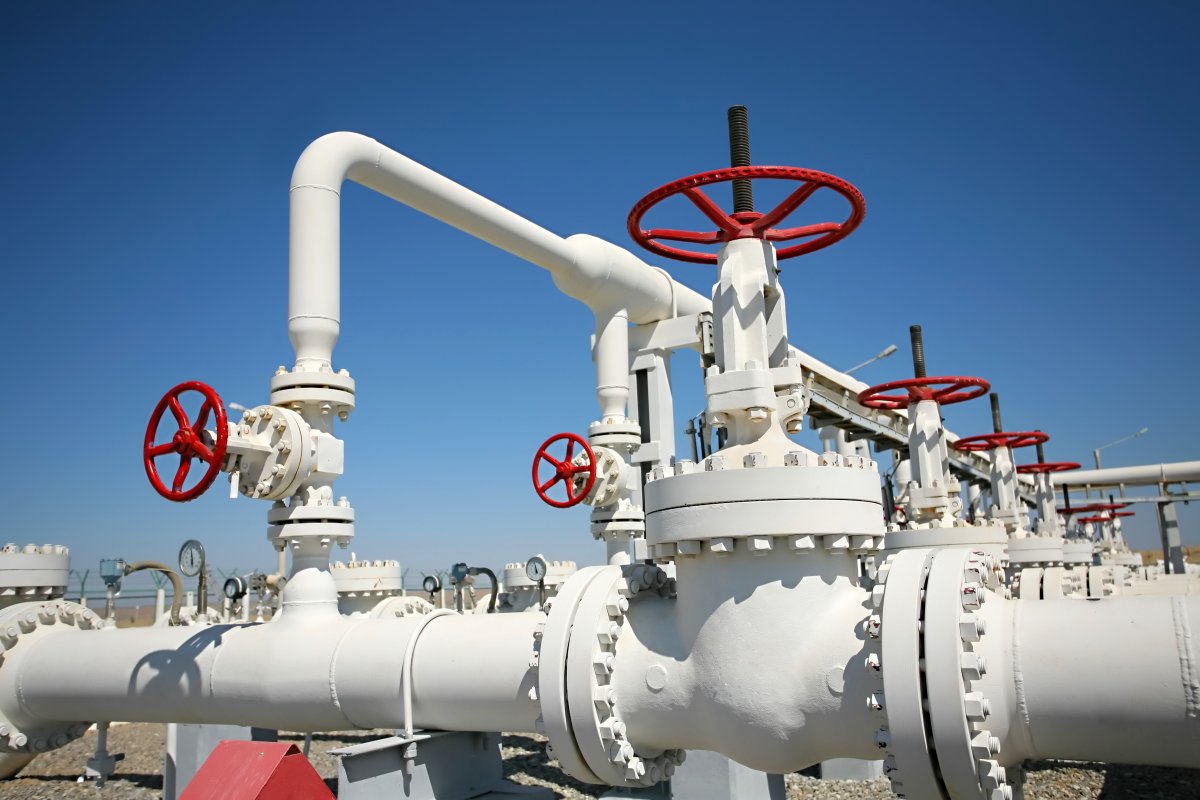According to the International Energy Agency’s (IEA) Global Methane Tracker 2023, methane is responsible for about 30 percent of global temperature rise since the Industrial Revolution. However, it is still not entirely clear where the highly effective greenhouse gas really escapes and how it influences global warming. After all, it contributes 84 times more to global warming than CO over a period of 20 years2. Limiting the concentration of methane in the atmosphere is therefore just as important as ending carbon dioxide emissions. The IEA’s methane tracker is based on current data from satellites and ground-based measurements, but these are still incomplete.
A new satellite called MethaneSAT is set to change that, which is due to launch at the end of this year and will be able to detect and measure methane emissions and leaks worldwide from spring 2024 with unprecedented precision.
Name the polluters of methane emissions
What is special: there is no government contract and no commercial company behind its development. Rather, the $90 million satellite was created as a major collaborative project by the environmental non-profit organization Environmental Defense Fund (EDF) with scientists, environmental activists and the private space industry, funded by philanthropists and its three million members and activists around the world. The New Zealand government also supports the project.
If MethaneSAT delivers precise methane measurements in the coming year, that would not only be a profound scientific contribution. Because an environmental organization is behind it, unlike state organizations, it can also publicly name those responsible for methane emissions.
Although there are already a number of satellites orbiting the earth that also measure methane concentrations, their systems can only collect data either globally or only from known locations.
The former fail to detect emissions from the countless small wells and leaks that are blamed for much of the total emissions. These include the TROPOMI measuring instrument on the European Space Agency’s (ESA) Copernicus Sentinel 5 precursor satellite.
The latter only cover limited areas, for example around oil and gas production areas or large industrial plants. Companies use and pay for their service to document their methane emissions. This includes the satellite of the Canadian company GHGSat.
The idea for MethaneSAT was first pitched by Fred Krupp, President of the Environmental Defense Fund, in a TED talk in April 2018, which he used to promote seed funding at the time.
Today, the driving forces behind the project are atmospheric and environmental scientist Steven Wofsy of Harvard University’s Department of Earth and Planetary Sciences, and EDF chief scientist Steven Hamburg, once an environmental scientist at the University of Kansas and IPCC lead author.
New efforts to reduce methane concentration
The two explained that their engagement came partly from frustration at the US government’s years of inaction on climate change, but also from a growing realization that curbing methane emissions can have significant short-term impacts on climate change. They believe that rapidly lowering methane concentrations can slow global warming in the short term while the world switches to low-carbon energy sources as a long-term solution.
At the heart of MethaneSAT are two extremely sensitive spectrometers that measure in two narrow areas of the short-wave infrared spectrum where methane and oxygen absorb light. The geographic resolution is about one square kilometer. Around the world, the satellite will continuously record both large releases, for example over oil and gas fields, and small emissions, for example from pipeline leaks. It can also detect and quantify intermittent sources, such as from agriculture. Artificial intelligence, which learns data from aircraft measurements and from other satellites, processes the raw data within a few days so that they can be published quickly as concentration maps.
The satellite will be built and tested by Ball Aerospace in Boulder, California, and Blue Canyon Technologies in Lafayette, Colorado. A SpaceX Falcon 9 rocket will launch them into orbit. The control center is being built by Rocket Labs in Auckland, New Zealand.

The two faces of methane
Shutting down human methane sources is imperative. But to estimate the real warming effect of methane, corrections to the climate models are still needed. Because the greenhouse gas has two faces. On the one hand, it heats up the earth’s atmosphere, on the other hand, it absorbs solar radiation high in the atmosphere, which could reduce the warming effect by 30 percent, as a research team led by Robert J. Allen from the University of California calculated.
Methane absorbs the long-wave radiation that is reflected back from the earth’s surface. But at the same time also some of the short-wave radiation arriving from the sun, which should actually increase the warming effect. But the opposite seems to be the case.
If the methane catches the short-wave solar radiation in the upper troposphere, above three kilometers, less of it reaches the lower troposphere and at the same time the clouds up there disappear. Below, on the other hand, there are more clouds. These thicker clouds in the lower troposphere, in turn, reflect more short-wavelength solar radiation back into space, so less solar radiation reaches the Earth’s surface and is converted into long-wavelength reflections. At the same time, the lack of high clouds means that more long-wave thermal radiation escapes into space. The result: the warming effect of the methane is reduced.
So there is still a lot to measure, calculate and explore.

(jl)
